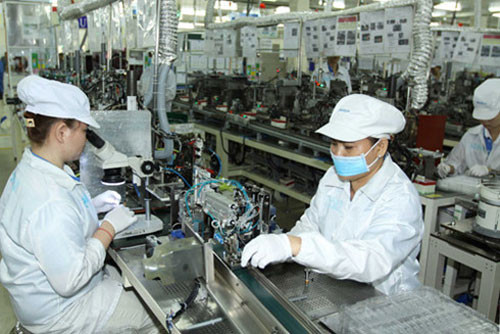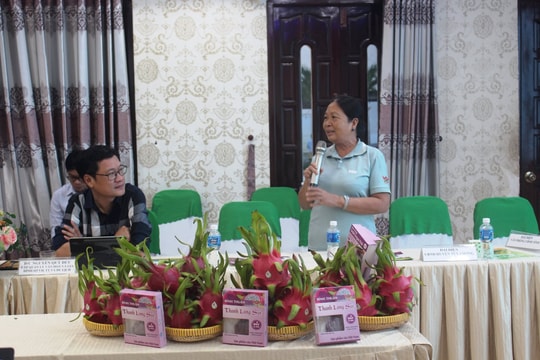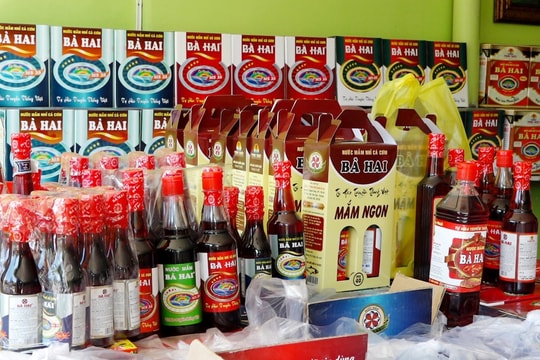Nguyen Mai, chair of the Vietnam Association of Foreign Invested Enterprises (VAFIE), said Vietnam should stop licensing projects in three business fields.
First, oil refineries. The projects licensed so far in the field have total capacity of up to 50-60 million tons. It is estimated that petrochemistry and oil refineries can only bring profit of 10%. An oil refinery with the capacity of 6-10 million tons needs an area of thousands of hectares, but employs only 8,000-10,000 workers.
 |
Samsung's project has investment capital of US$3 billion, but only needs 100 hectares of land and employs 43,500 workers with average pay of VND11 million a month.
Second, cement production. The licensed cement projects have total capacity of 65-70 million a year, which is much higher than domestic demand.
However, the bigger problem is that in order to churn out 65-70 million tons of cement, plants would need 100 million tons of limestone.
With the current consumption level, Vietnam would consume 1 billion tons of limestone for every 10 years. In addition, cement production causes pollution.
“If counting the costs on the environment, cement production won’t bring profits,” Mai said.
Third, steel projects, which are huge electricity consumers. Vietnam’s current electricity output is still not high enough to satisfy demand. The Electricity of Vietnam has to make heavy investments every year to increase output by 12%-13% per annum because the investment rate in the field is high.
And fourth, textile and dyeing projects. According to the Foreign Investment Agency (FIA), the projects in the field by 2020 have had total investment capital of US$2.5 billion.
Technical barriers
According to Dang Xuan Quang, deputy head of FIA, a solution which Vietnam can apply is setting up technical barriers, which allows the most suitable projects while it does not break international commitments.
Quang said the criteria Vietnam to set up technical barriers include national sovereignty and security and environmental protection.
If Vietnam wants high-technology projects, it needs to set up high environmental requirements. For example, it can set up requirements on the maximum amount of materials and waste for the production of one ton of steel.
The third criterion could be development planning. The land in the areas which can be used more effectively for clean projects will not be opened for polluting projects.
Vietnamnet




















.jpg)




.jpeg)

.jpeg)


.jpeg)


